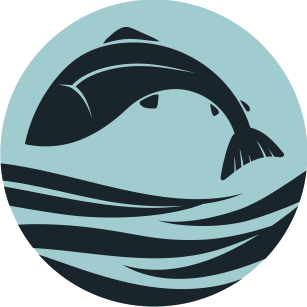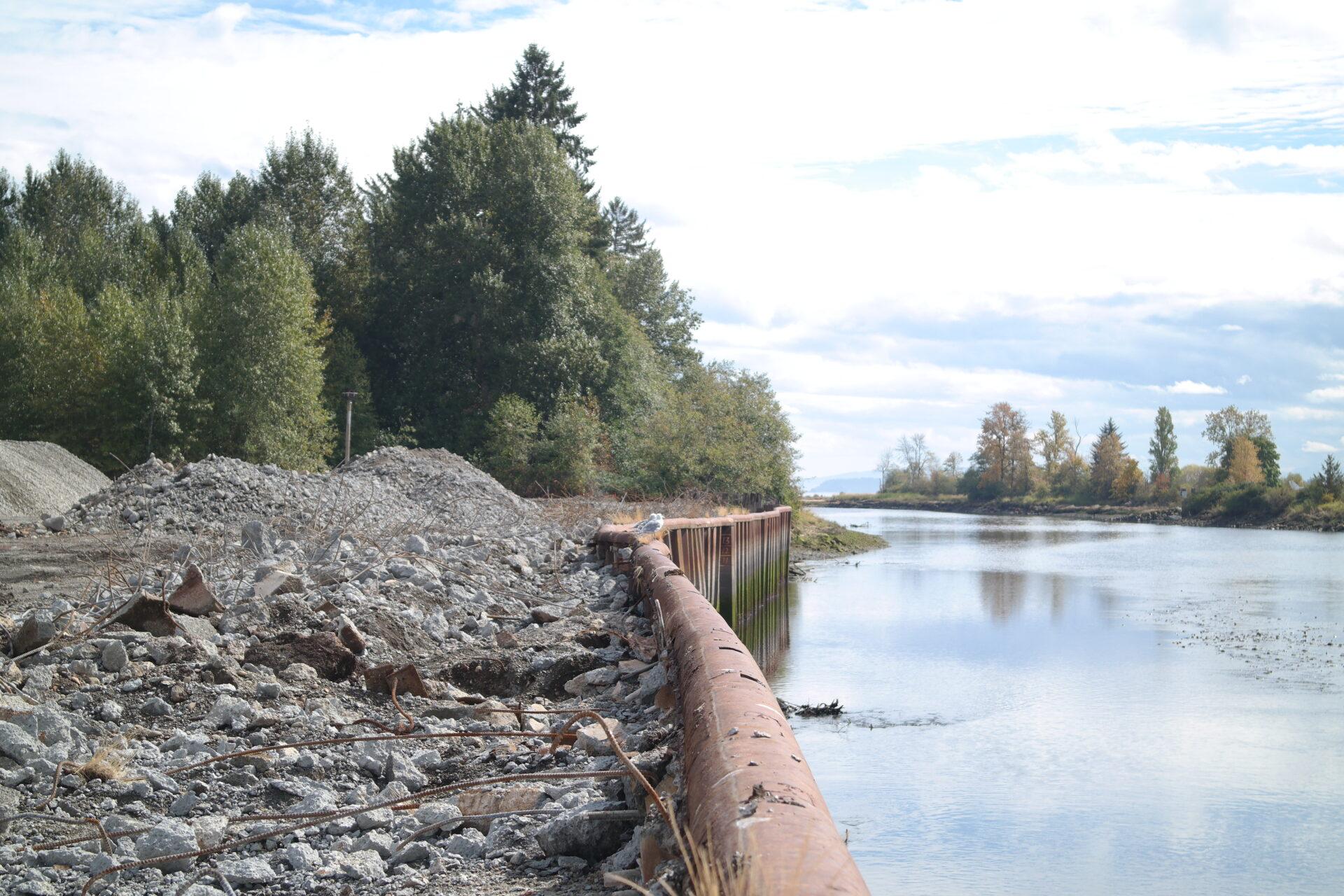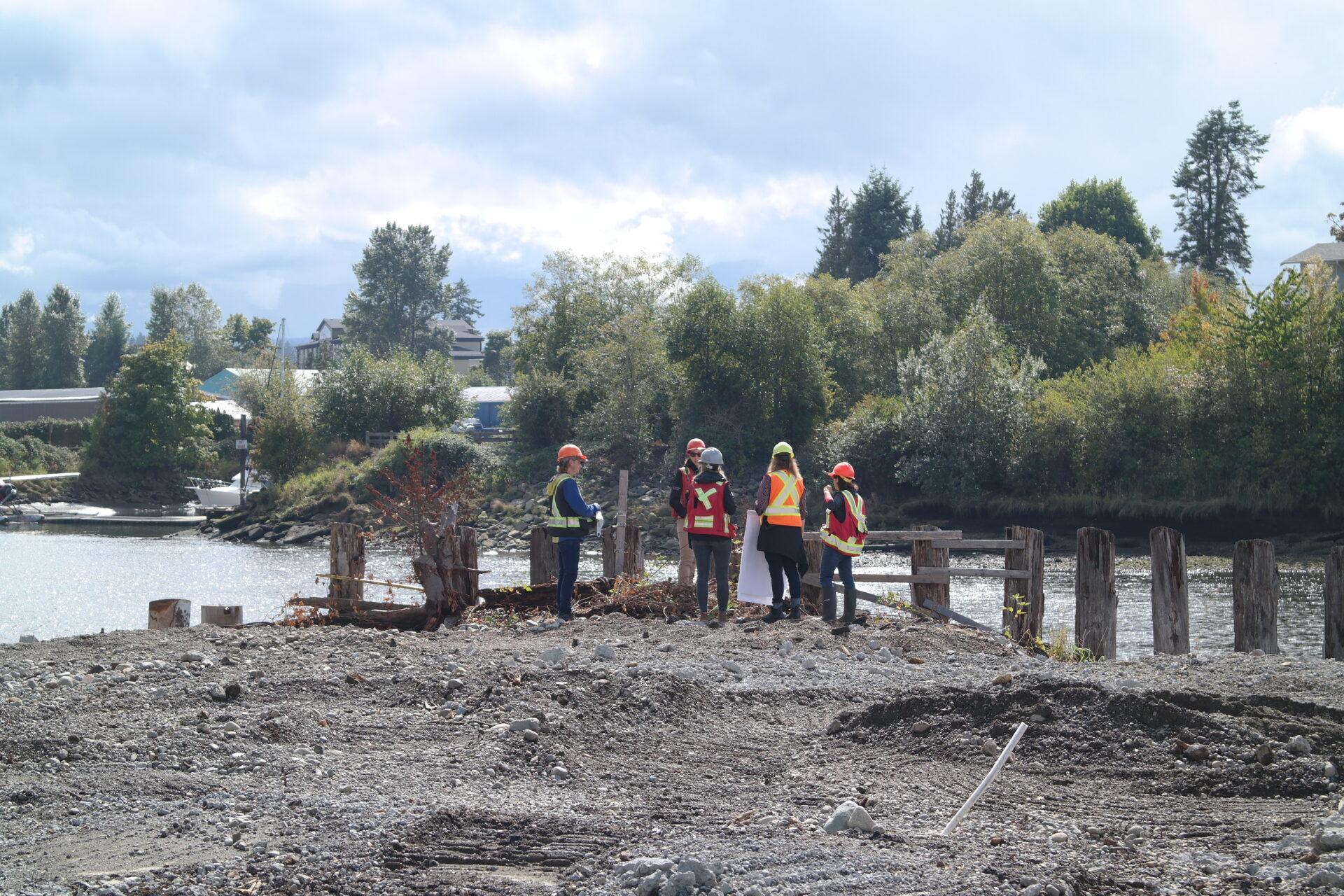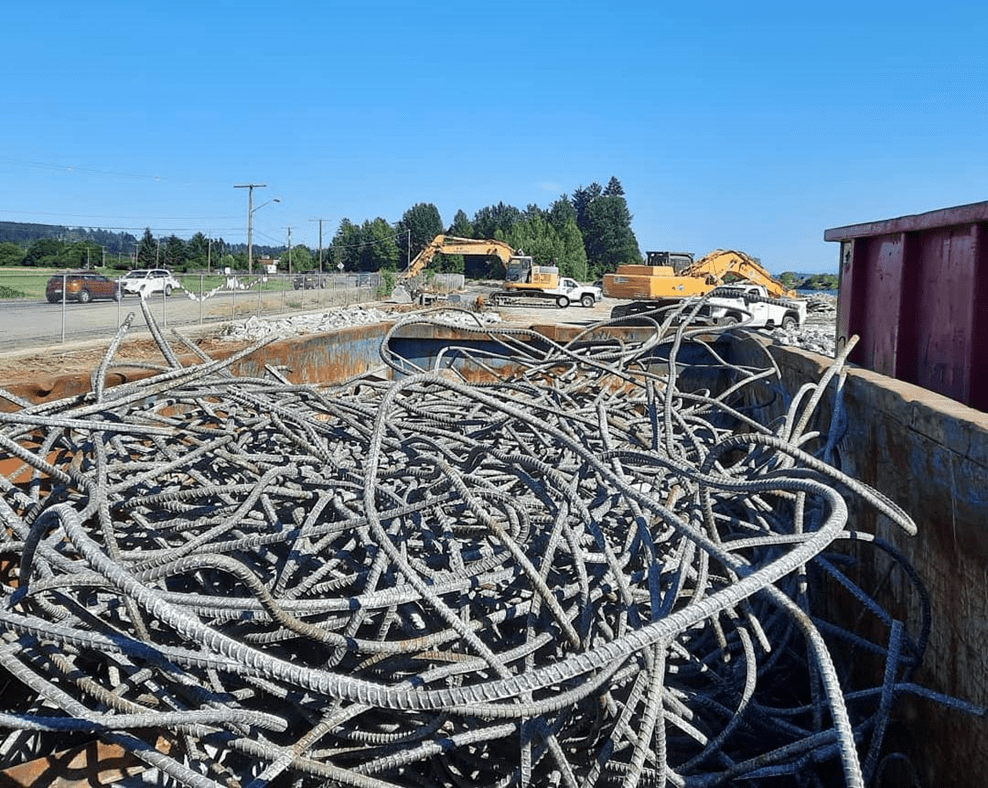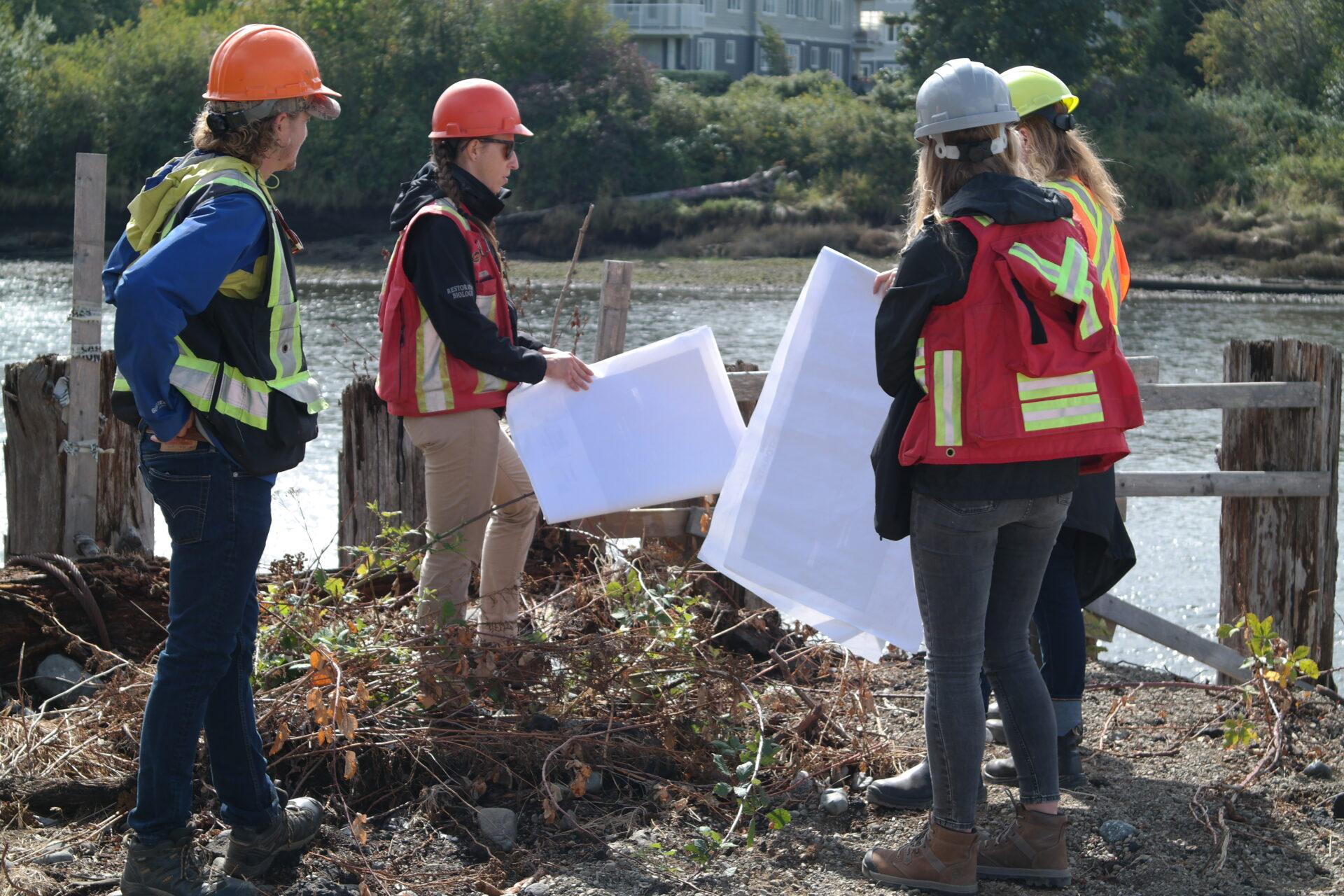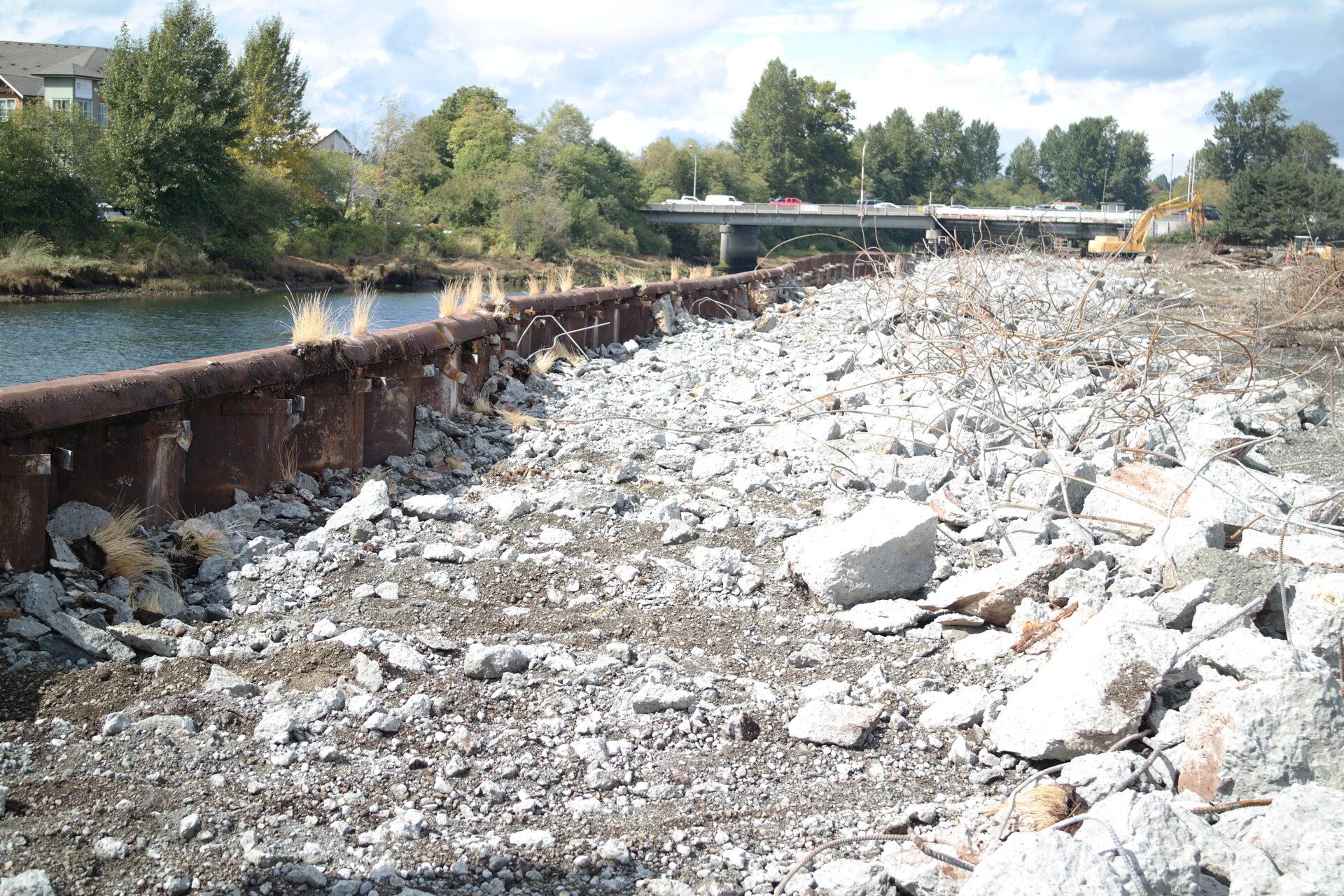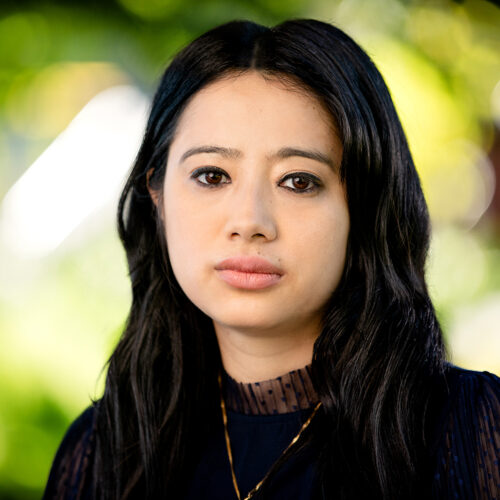Unpaving Kus-Kus-Sum: Restoring and Recycling
The Kus-Kus-Sum site is located along the Courtenay River on Vancouver Island and is considered a critical piece of land for the restoration of the K’ómoks Estuary, which is the traditional territory of the K’ómoks First Nation. The site was degraded by industrial use and development, and the restoration efforts aim to return the area to its natural state while also creating space for traditional use and cultural activities. In this scenic environment, a unique project to unpave the paradise is underway.
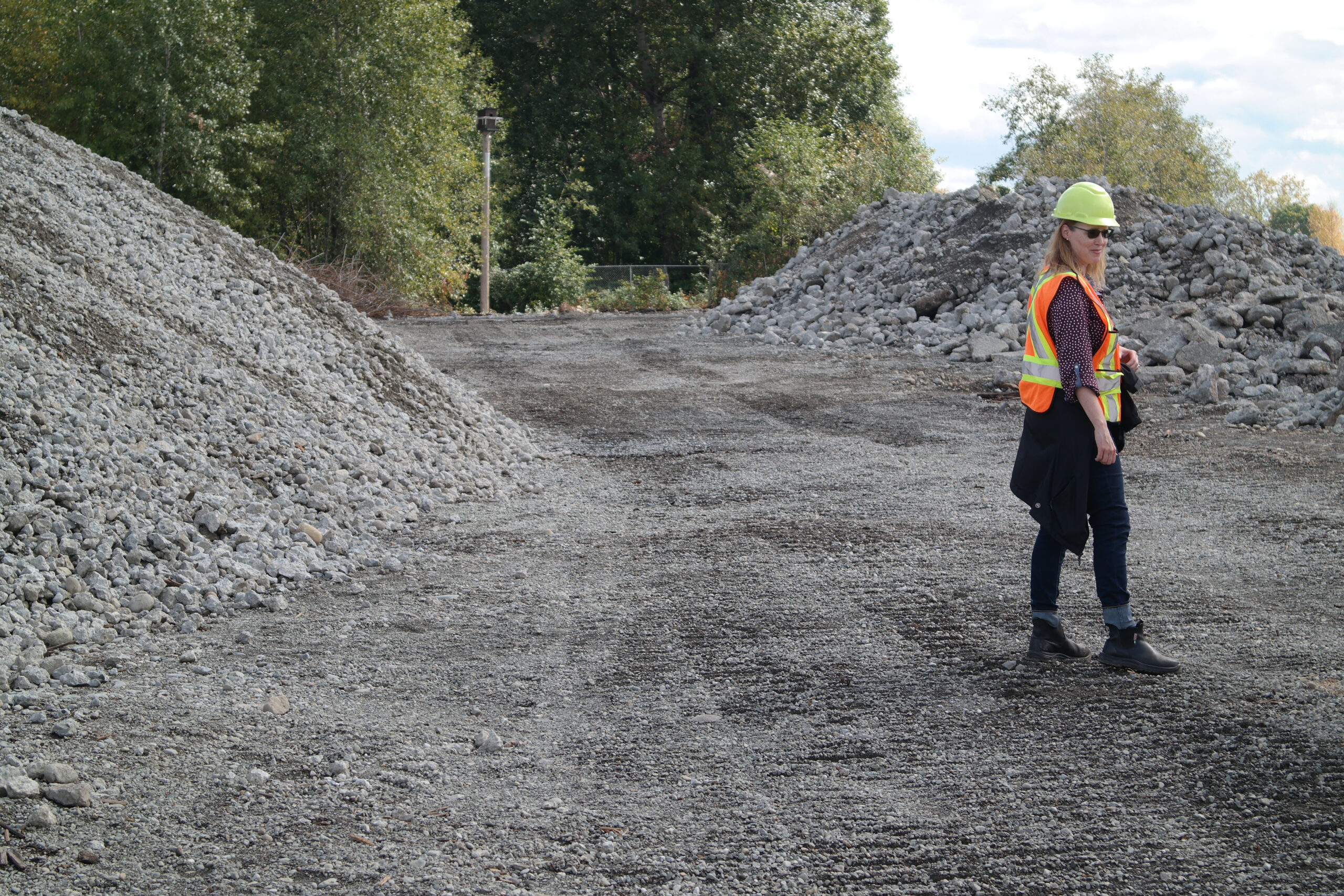
The Kus-Kus-Sum project is a partnership between Comox Valley Project Watershed Society, K’ómoks First Nation, and the City of Courtenay. The project aims to acquire, protect, and restore an ecologically and culturally significant site that was once the location of a sawmill. The work will help return the area back to a tidally influenced, forested, estuary and riparian area that provides critical habitat for salmon, fish, and wildlife species.
The restoration work includes removing concrete, buildings, and excavating soils covering approximately 8 acres/33,953 metres2. Much of the materials being removed are being recycled and repurposed in different ways. After recontouring, native species will be planted throughout the site.
“We’ve definitely been living up to our slogan ‘Unpave Paradise’," said Jennifer Sutherst, Project Lead.
Project Implementation

The Kus-Kus-Sum project has taken a collaborative approach with the First Nations whose territory they are working on. Engaging with them early in the ideation and concept phase is a key step towards building trust, respect, and understanding.
By actively engaging with the First Nations and integrating their feedback into the design and actioning of the project, the Kus-Kus-Sum project has demonstrated a commitment to incorporating cultural and traditional values into the restoration efforts. This can help ensure that the project is aligned with the values of the community and is respectful of their cultural heritage.
Project Facts
- 100% of the site that is concrete has been broken up,
- 17 commercial sized bins of steel were sorted and recycled
- Concrete is being reused as the base fill for roads in road repair work. Asphalt Paving, a local company undertaking paving, is using the recycled concrete in their work.
- In one day of using concrete crusher – 90 truckloads of materials were processed with 12.5 tonnes of materials per truck load
- 5000 native plants have been planted so far and 10,000m3 of soils have been moved offsite
- Over 100 volunteers helped plant the vegetation over 5 days.
The restoration efforts are expected to be completed in several phases, with the first phase included the removal of the remaining infrastructure and hard surfacing on the site, followed by the recontouring of the landscape through excavation and regrading, and the planting of native vegetation. Once completed, the Kus-Kus-Sum project will be an important step towards reconciliation and the restoration of the natural environment and cultural heritage of the area.
Project Outcomes
The Kus-Kus-Sum project has identified paid work opportunities for members or departments within the K'ómoks First Nation. “By offering work opportunities to their Guardian Watchmen Program through environmental and archeological monitoring, and restoration design planning and implementation, the project is able to provide employment opportunities that are aligned with the cultural and environmental values of the Nation,” said Caitlin Pierzchalski, Project Lead. “To further support economic opportunities within the Nation, when contracting out work, we engage with the K'ómoks Economic Development Corporation and their Joint Venture Partners to try to identify opportunities that can provide an economic benefit to the Nation.”
Recycling and re-use of the materials generated from the de-construction of the site is important, as it aligns with the Society’s sustainability policy and environmental best practices. “All the concrete was crushed and repurposed as structural fill, all the asphalt was repurposed for road surfacing and all the embedded rebar and wire mesh in the concrete was recycled. As well, all the PVC pipe that was dug up was repurposed by the local mountain biking association for trail drainage,” said Caitlin.
Next Steps
The next steps towards restoring the ecological functioning condition of this site adjacent to the Courtenay River include a major re-grading of the site and earth-moving to create a more natural topography, off-channel habitat, pools and salt marsh benches. After regrading, native vegetation will be planted with the help of hundreds of community volunteers.
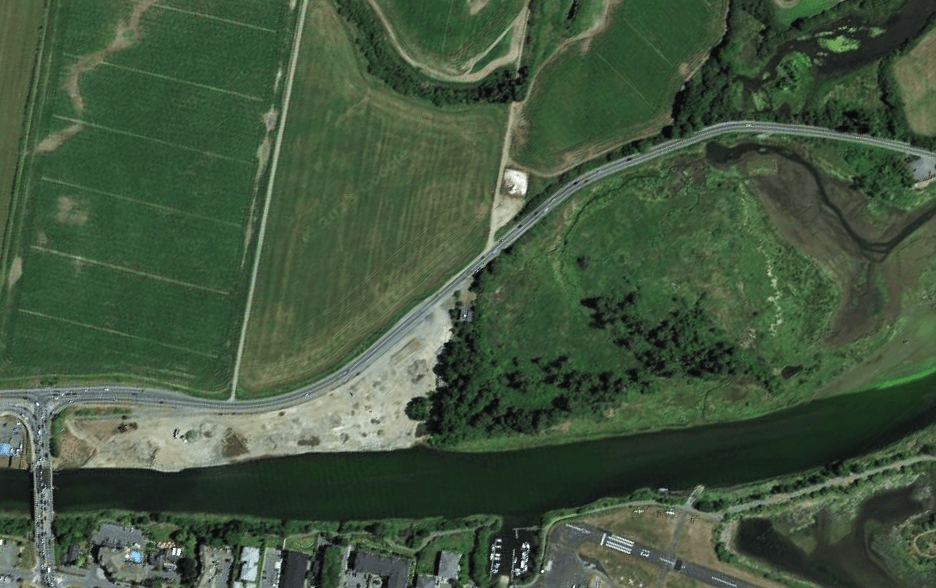
Photo: Google Earth 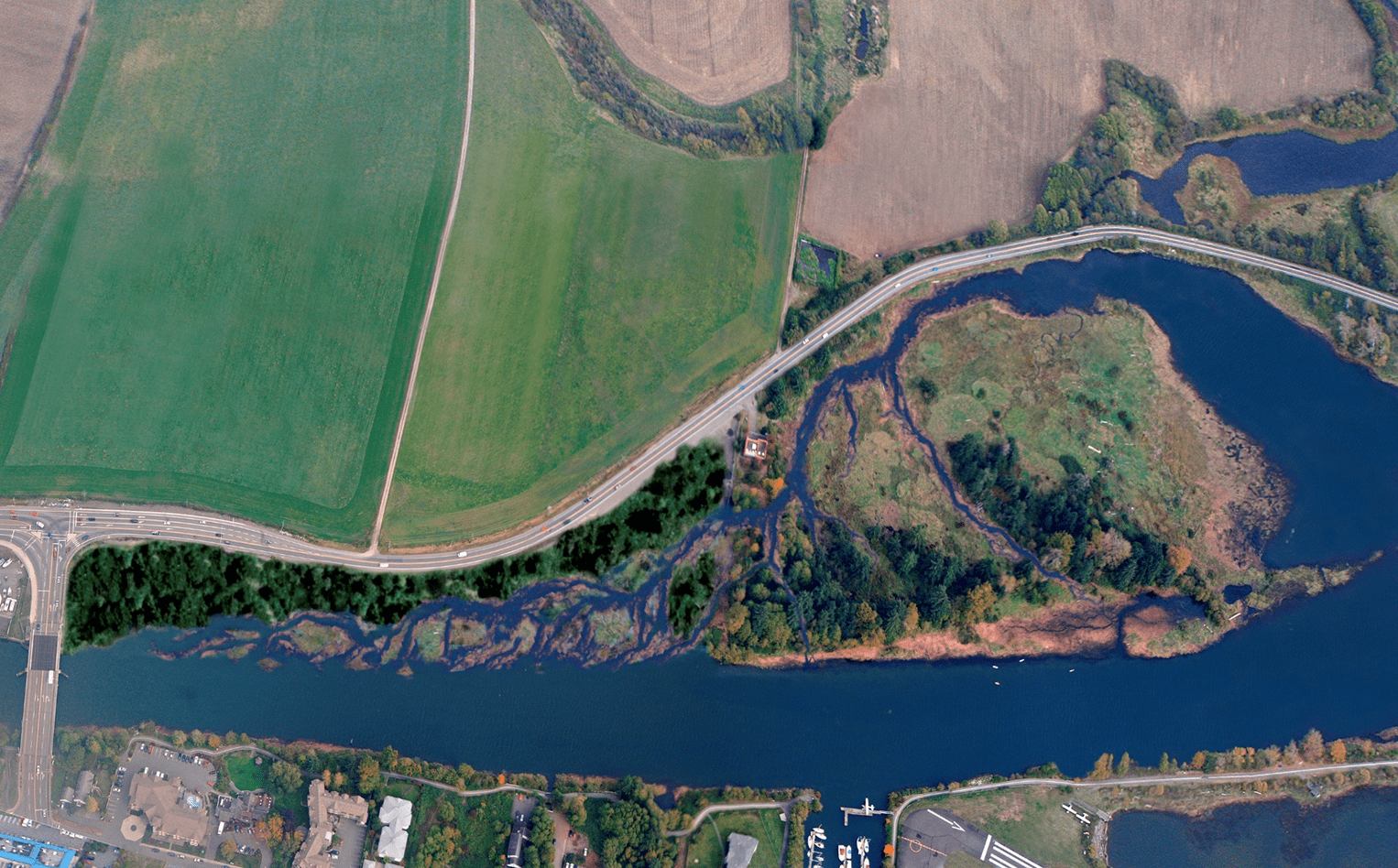
Photo: Comox Valley Project Watershed Society
The second major phase of the restoration is the earthworks phase, which is predicted to be the most expensive phase of the project; and currently - although major grant funding has been secured - there is a budget shortfall to get this work done. If additional funding were to become available it would be put to good use progressing this second phase of the restoration work.
“My vision for this was always to be a living lab, so that it is a site whereby students can do research, maybe a master’s thesis on some aspect of the project.”
Jennifer Sutherst, Project lead, Comox Valley Project Watershed Society
